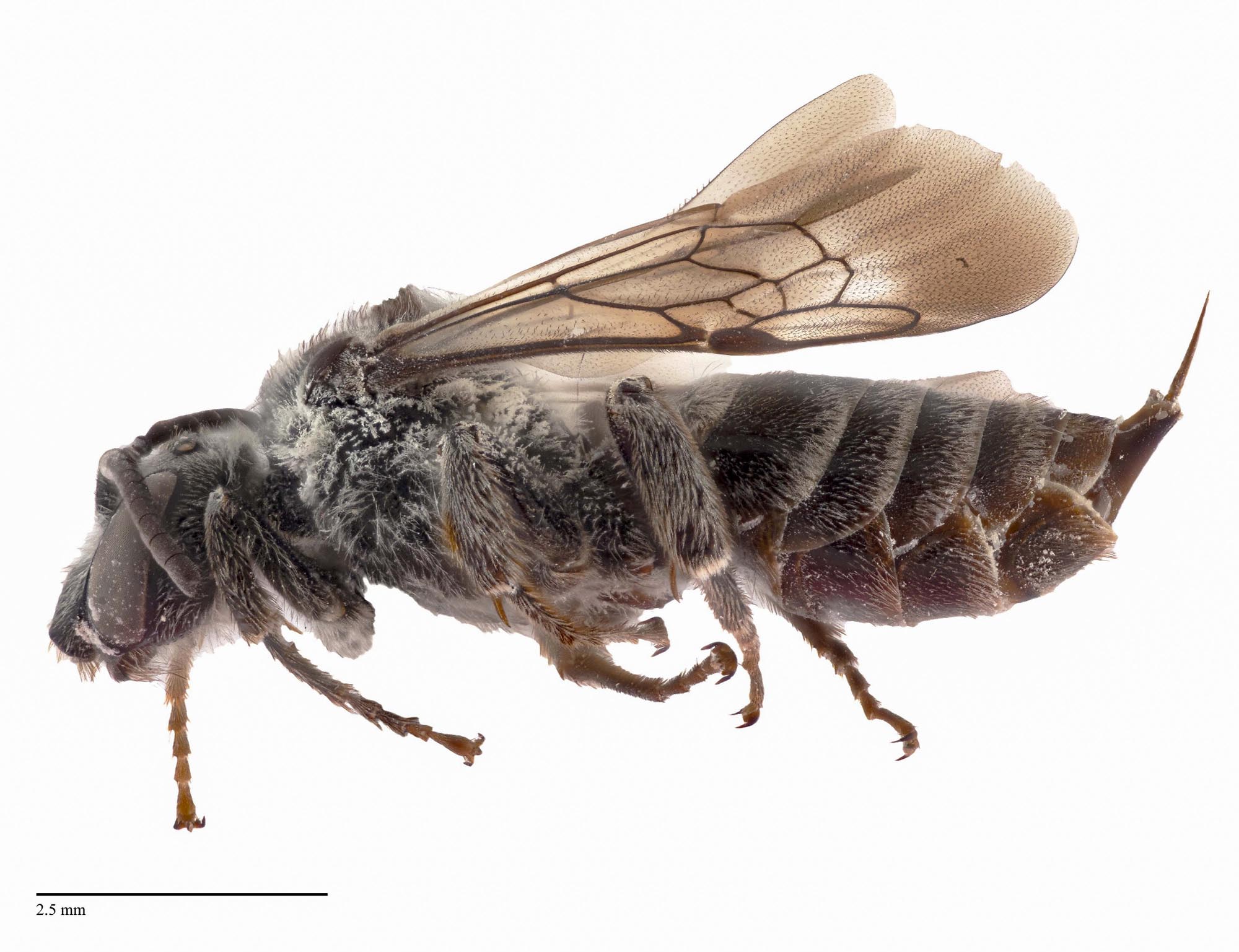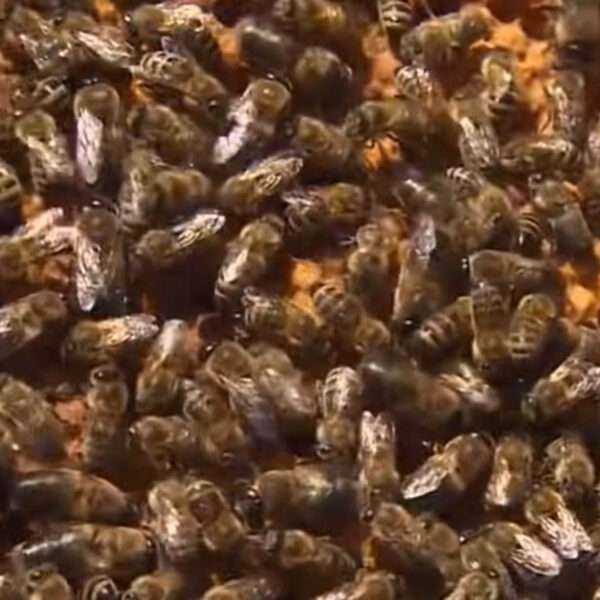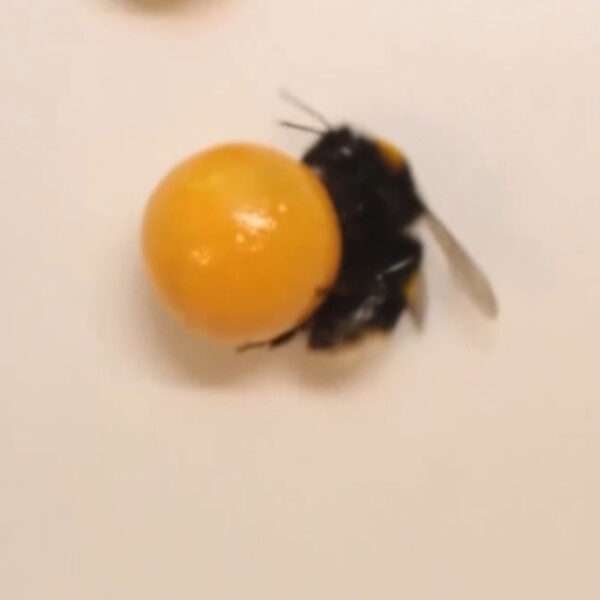An elderly gardener suffered more than 200 bee stings when he encountered a swarm while removing weeds from a public estate.
The 69-year-old, whose name has been withheld by the authorities in the State of Sao Paolo, Brazil, was hospitalised after the incident outside Mogi Guacu City Hall.
According to the town’s fire brigade, 15 more people needed treatment after getting stung when the agitated swarm dispersed.
Work ended early on that day for the public servants as their offices were evacuated as a precaution. Firefighters also decided to close the surrounding roads.
None of those who suffered stings were in a serious condition, according to a statement by the Civil Guard.
Brazilian news websites claim that the swarm consisted of ‘European bees’ but have not elaborated on their origin.

Experts say that bees are most likely defending their home if a great number of them launch an assault. Anyone under attack by a swarm is advised to run in a straight line and seek shelter in a building.
Erika Thompson from swarm removal experts Texas Beeworks told the Washington Post: “Bees and other bugs are running out of safe spaces to live and work, so as humans encroach on their environment, these interactions between species are naturally going to increase.”
When they sting humans, bees push a barbed stinger into the skin. The stinger contains proteins that affect the immune system.
The Mayo Clinic, an American research centre, explains on its website: “Bee stings can produce different reactions, ranging from temporary pain and discomfort to a severe allergic reaction.”
According to the Mayo Clinic experts, symptoms are mostly minor and include “instant, sharp burning pain at the sting site” and “slight swelling around the sting area.”
The American Academy of Dermatology recommends: “The first thing to do is to get the stinger out quickly. The longer the stinger stays in the skin, the more venom it releases, adding to the person’s pain and swelling.”
In its fact sheet, the institution adds: “Apply a cold pack to reduce swelling. However, if the swelling moves to other parts of your body, such as your face or neck, go to the emergency room immediately, as you might be having an allergic reaction. Other signs of an allergic reaction include difficulty breathing, nausea, hives, or dizziness.”











